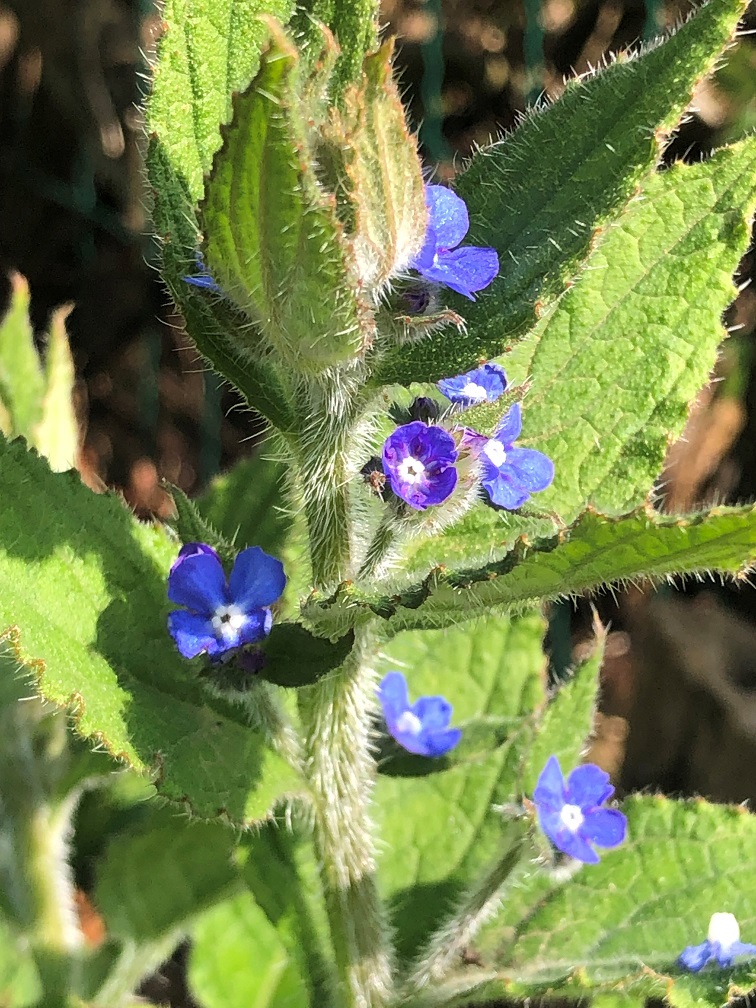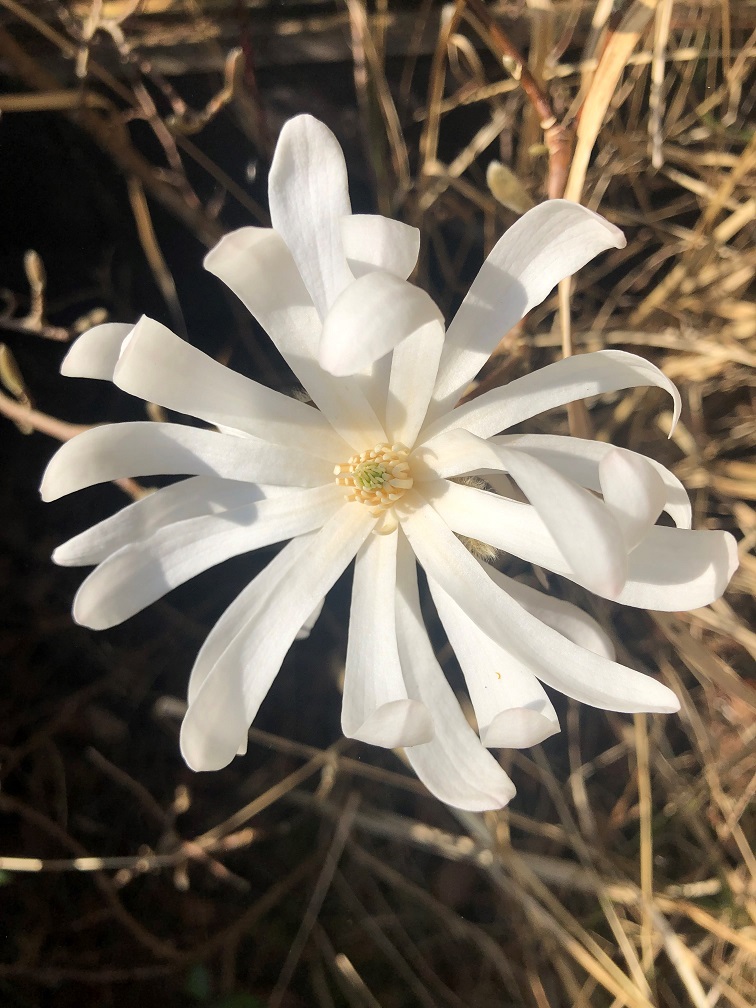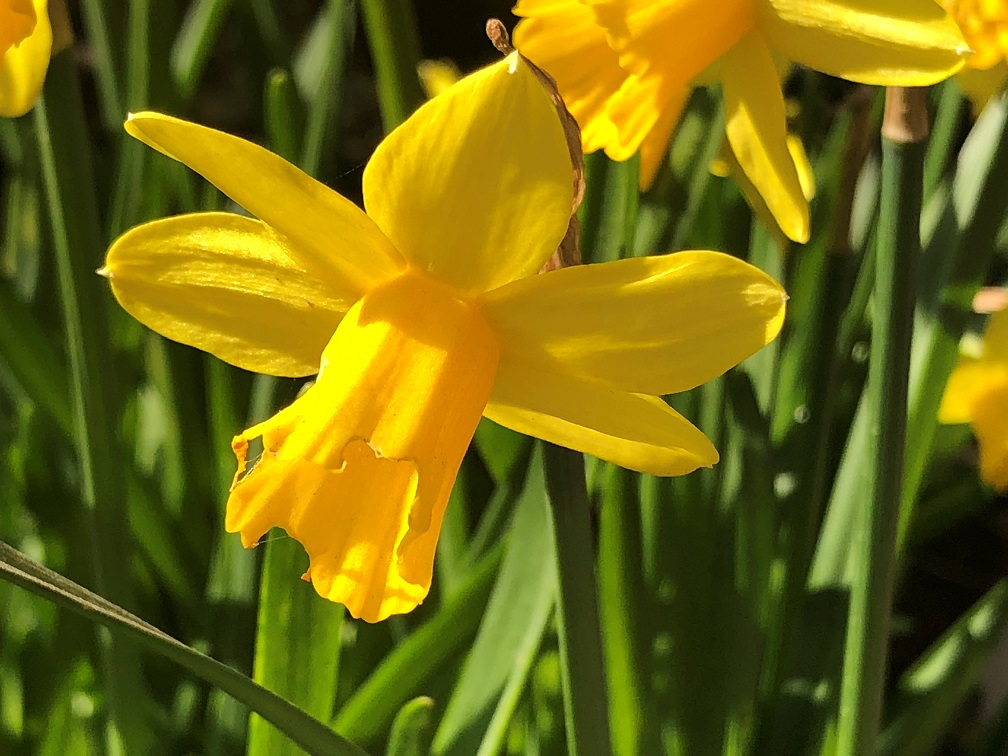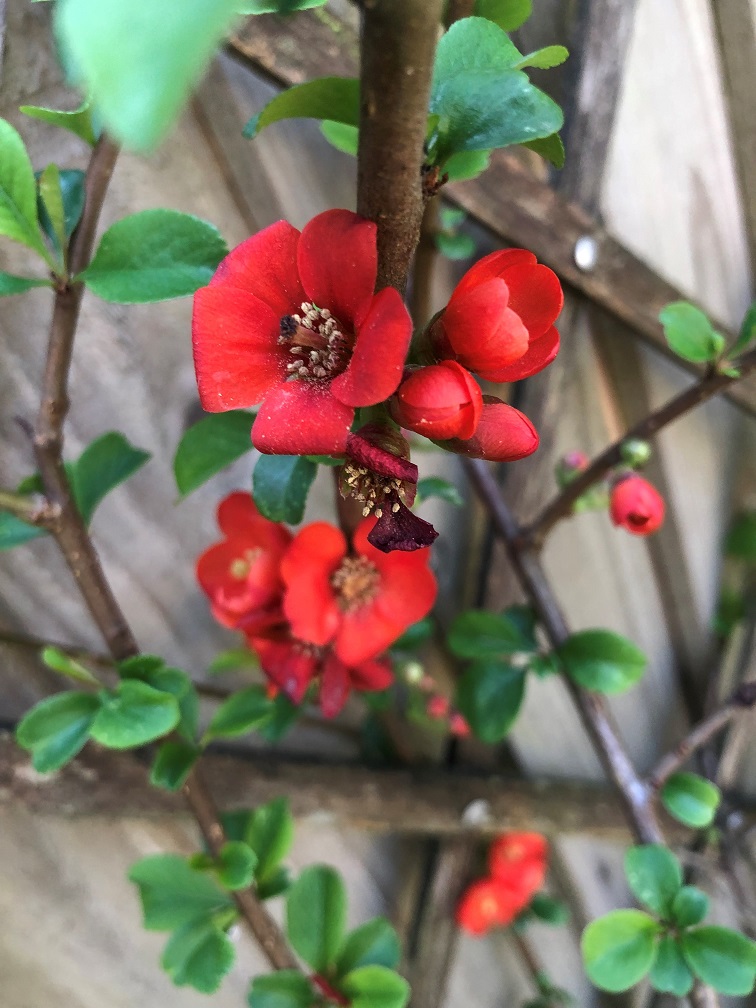APRIL 2022
Well what a lovely sunny week we have had… my bees have been going mad (apart from the colony that was too small, successfully robbed and consequently died ☹). However the temperature has plummeted in the late afternoon and evening, so now is not the time to start manipulating your bees.
I have not done a full inspection yet… bear in mind that when you open your hive and unstick the propolis, you disturb the hive’s insulation that the bees need in these chilly evenings. So patience is a virtue. The only things I have done is swap the mouse guard for a normal door, observed the outside of the hives, quickly checked the stores and put an empty super above a queen excluder on my hives just to ensure there is plenty of room. I have also closed off my dead hive to prevent robbing, and I will deal with it this week – analyse, remove wax, clean up the equipment.
1. What is going on in the hive?
The queen will be laying well now in preparation for the warmer weather to come. New bees are replacing the old girls from last year, and the hive will be building up quickly in this lovely weather.
2. Check your hives
We are in for a colder snap now if the forecast is right so it is very important that there is enough food in the hive to help the bees look after the increasing colony especially if they cannot forage. “Better looking at it than for it”, is an old saying in my partner’s (Northern Irish) family, and that is a good thing to remember here – add fondant, heavy syrup or a bag of damp sugar, if they don’t need it, they won’t take it.
Longer term forecasts indicate a warmer spell from mid April, so regular inspections can commence. Once a week is ideal because you want to find any queen cells before they are capped (after 8 days), which is when a colony will swarm.
Make a plan of what to do if you do spot queen cells. Certainly once the weather is settled I will be doing my Demaree procedure on my hives (see separate article), which is a proactive method you can use before any swarming behaviour is observed.
In your regular inspections:
- Do you see the queen or evidence of the queen (eggs, larvae brood in all stages)?
- What does the brood pattern look like? If it is patchy, it could indicate that the queen is failing, or a brood disease.
- Look out for evidence of disease, maybe refresh your memory on what to look out for on the BBKA website.
- What is the temperament like – do you need to requeen that angry colony?
- Do you see drones?
- Is the queen marked – if not, now is a good time to mark her. She will then be easier to find when the colony is larger. If she is last year’s queen, she should be White.
- Are there sufficient stores – nectar and pollen.
- Is there enough room? If not add another super!
Don’t forget to keep records updated – I find it boring but I am usually glad I did!
3. Check the larder
Well spring is springing and I see so many new flowers appearing in my garden. I now have windowsills of trays of compost, growing seedlings of bee friendly flowers, ready to go out in May after the last frost.










Finally I am looking forward to going to the BBKA spring convention, with my (beekeeping) sister who very handily lives not too far from Harper Adams University in Telford. I tend to go every year, and always learn something. This year I have pre-ordered honey jars to collect from Freeman and Harding at bargain prices at the show, lets hope the bees deliver! I will do a report of the convention for the May newsletter.
Enjoy your bees!
All photos (c) Janine Sparks
